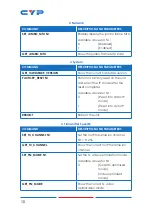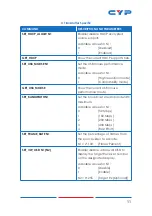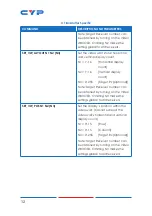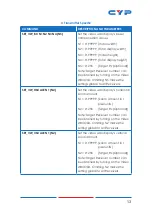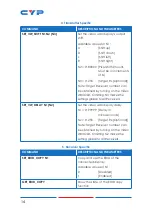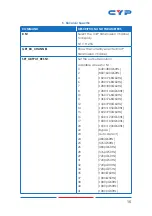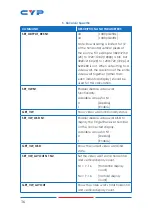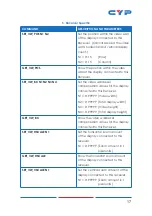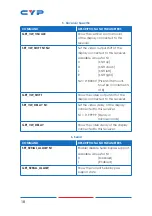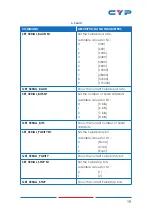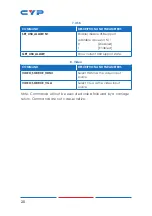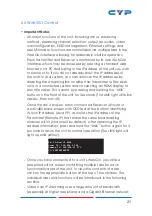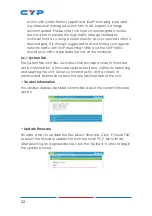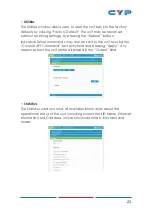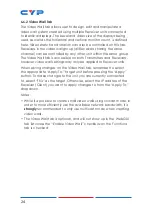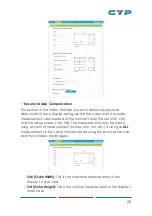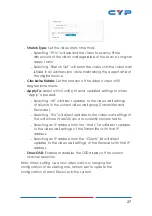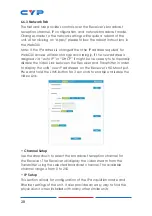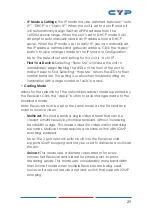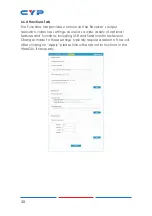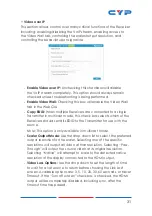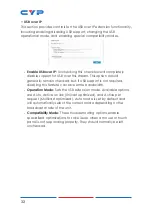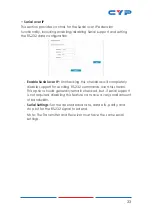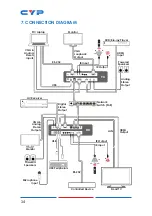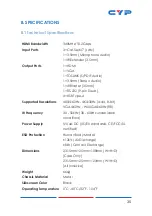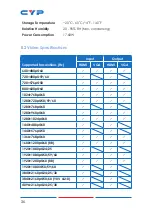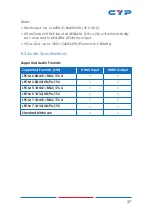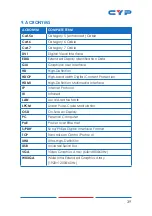
24
6.6.2 Video Wall Tab
The Video Wall tab allows user to design, edit and manipulate a
video wall system created using multiple Receiver units connected
to identical displays. The bezel and video size of the displays being
used, as well as the horizontal and vertical monitor count, is defined
here. Video stretch and rotation can also be controlled on this tab.
Receivers in the video wall group (all Receivers sharing the same
channel) can be controlled by any other unit within the same group.
The Video Wall tab is accessible on both Transmitters and Receivers,
however video wall settings may only be applied to Receiver units.
When saving changes on the Video Wall tab, remember to select
the appropriate “Apply To:” target unit before pressing the “Apply”
button. To make changes to the unit you are currently connected
to, select “This” as the target. Otherwise, select the IP address of the
Receiver (Client) you want to apply changes to from the “Apply To:”
drop down.
Notes:
• While it is possible to create small video walls using unicast mode, in
order to more efficiently use the available network bandwidth, it is
strongly
recommended to only use multicast mode when creating
video walls.
• The Video Wall tab is optional, and will not show up in the WebGUI
tab list unless the “Enable Video Wall” checkbox on the Functions
tab is checked.

